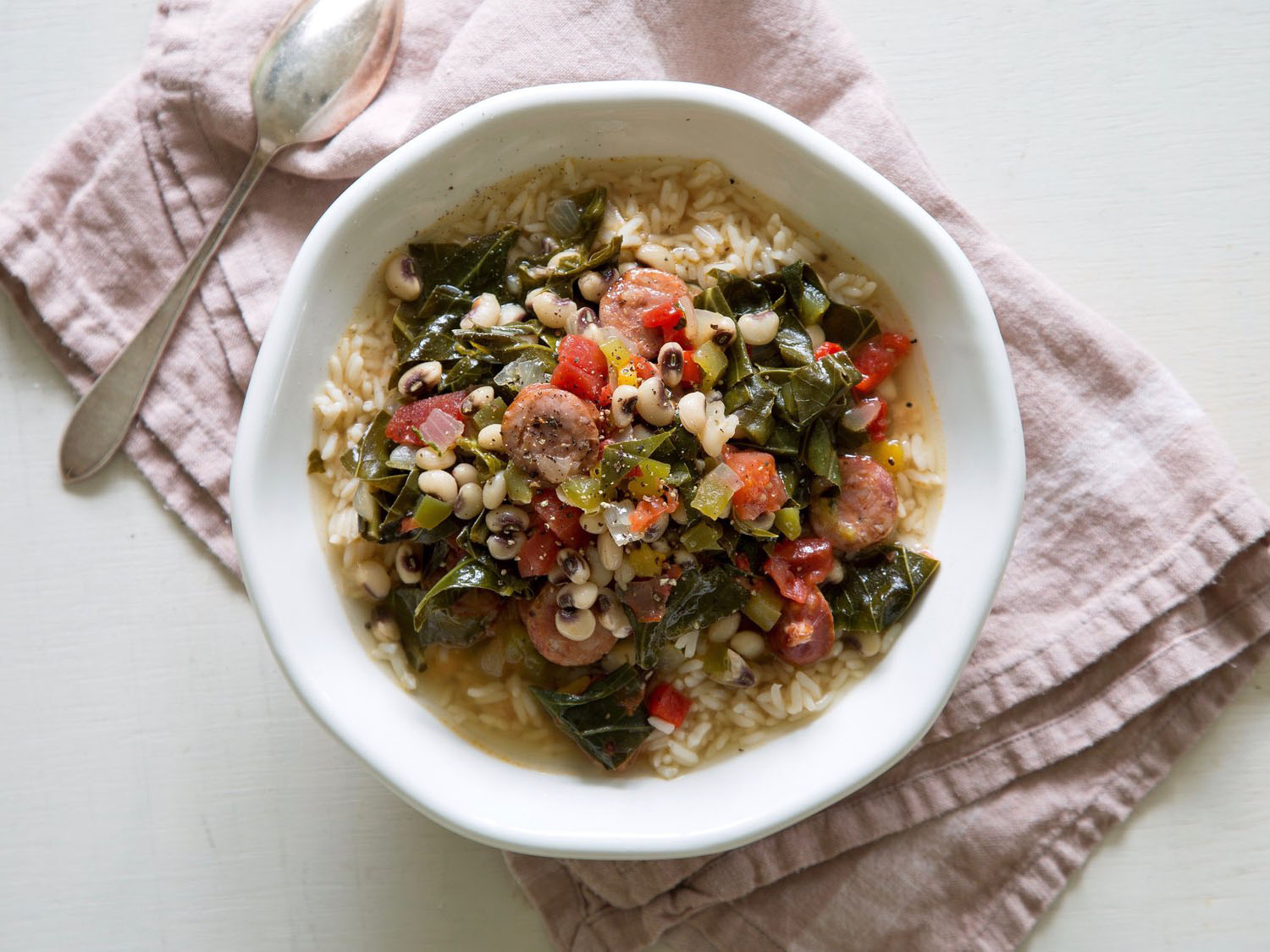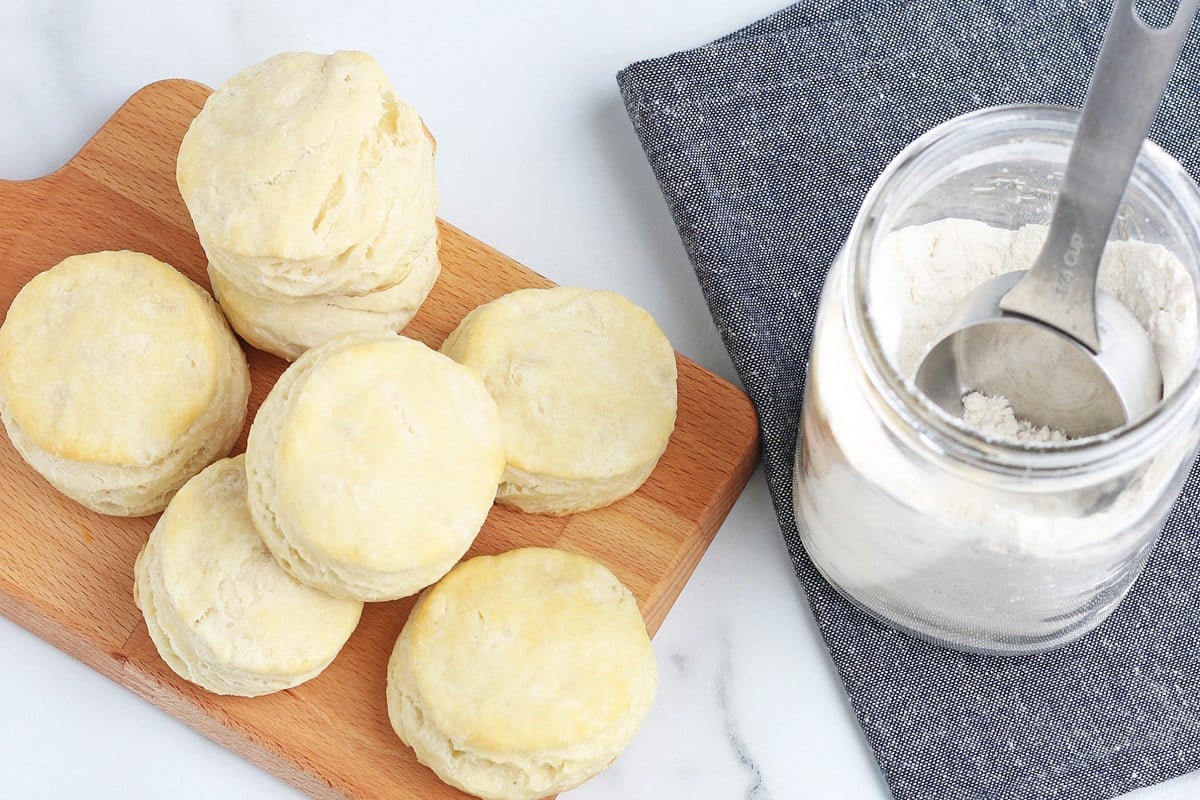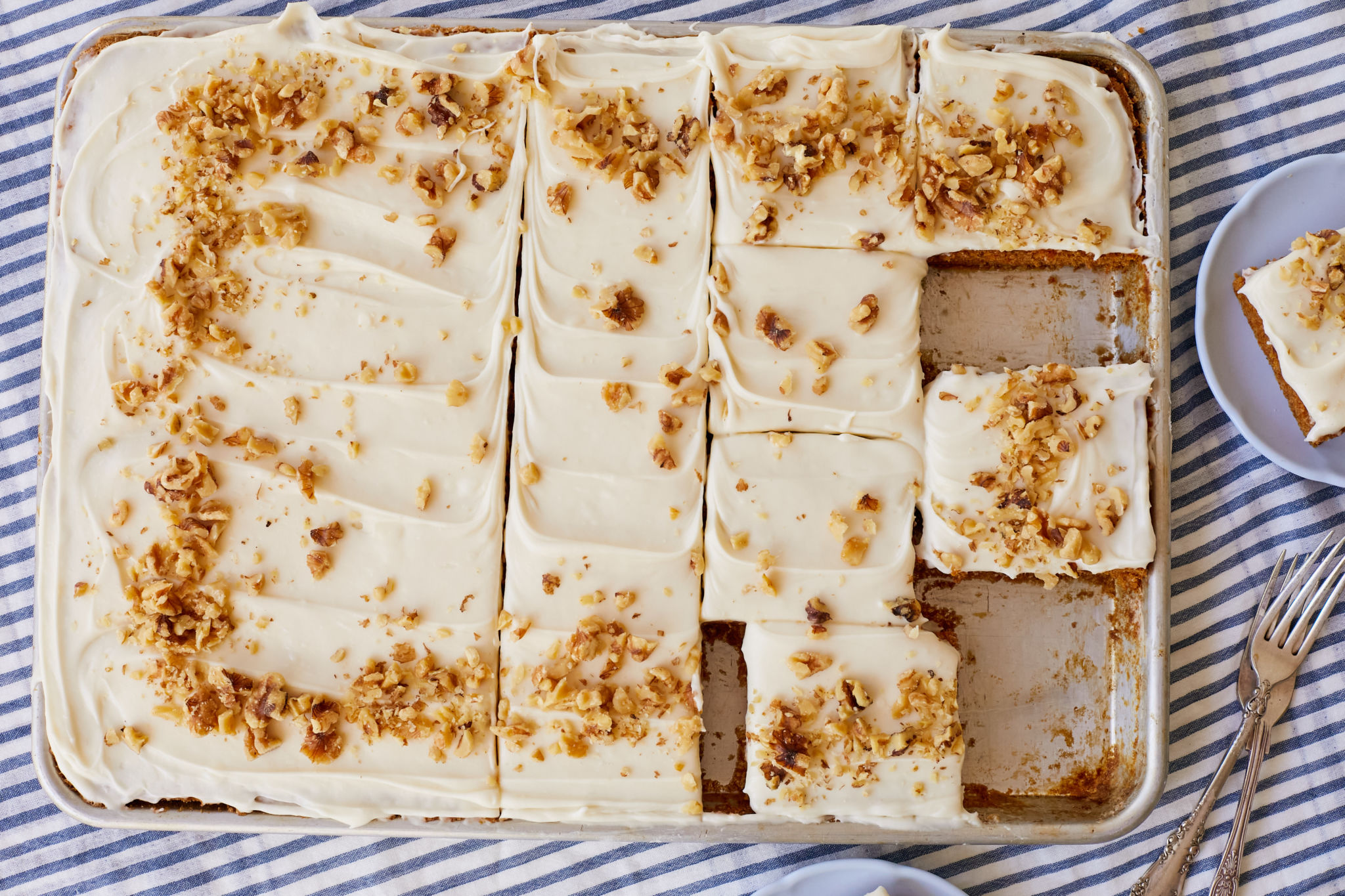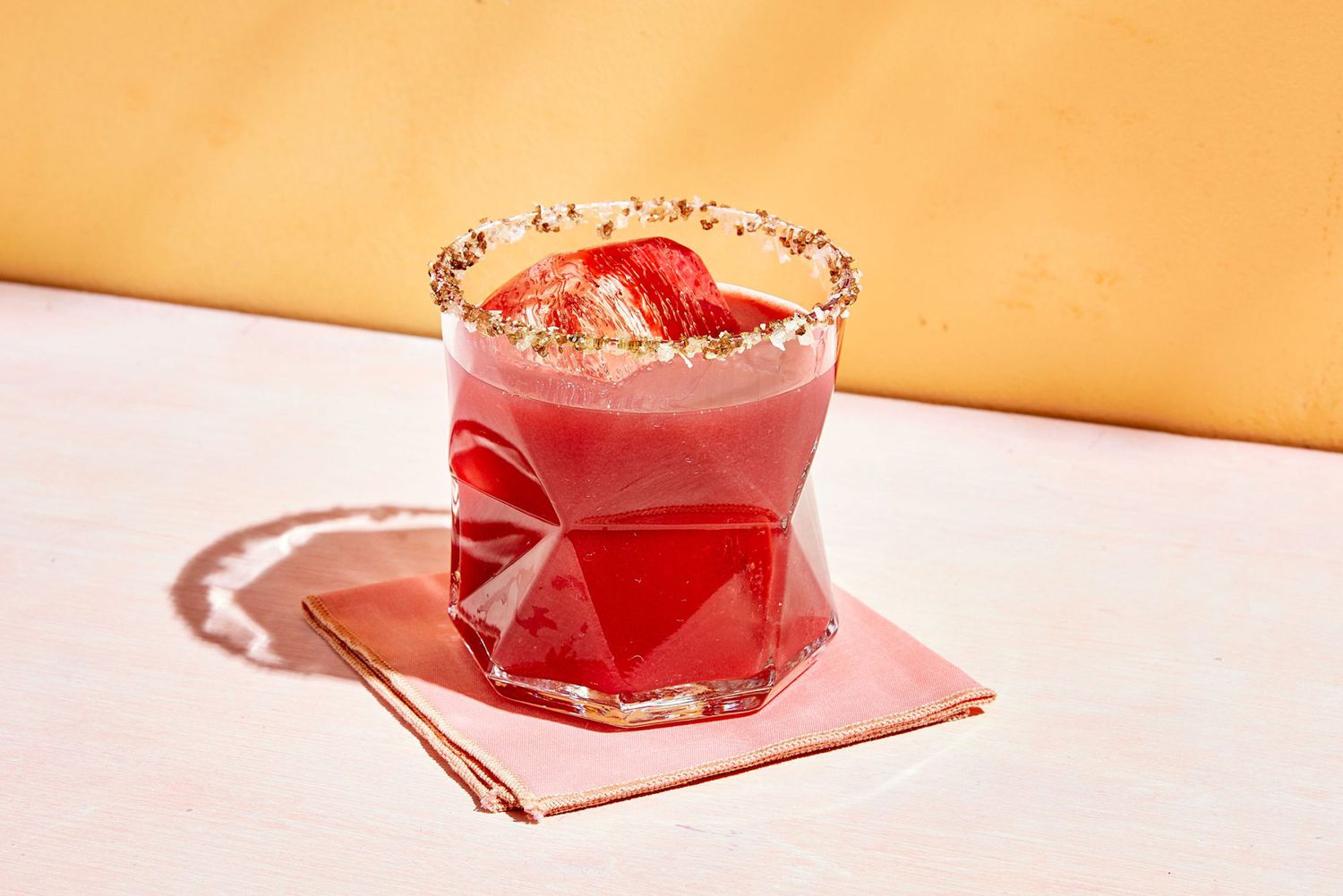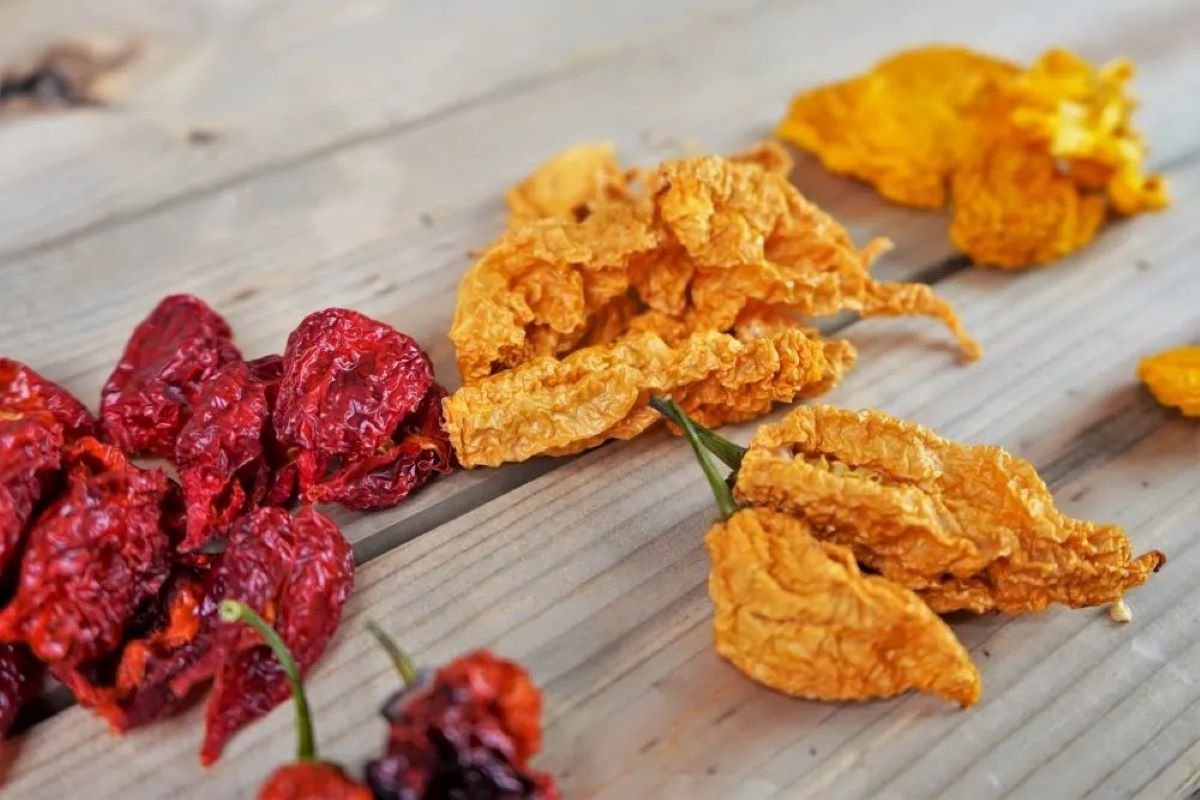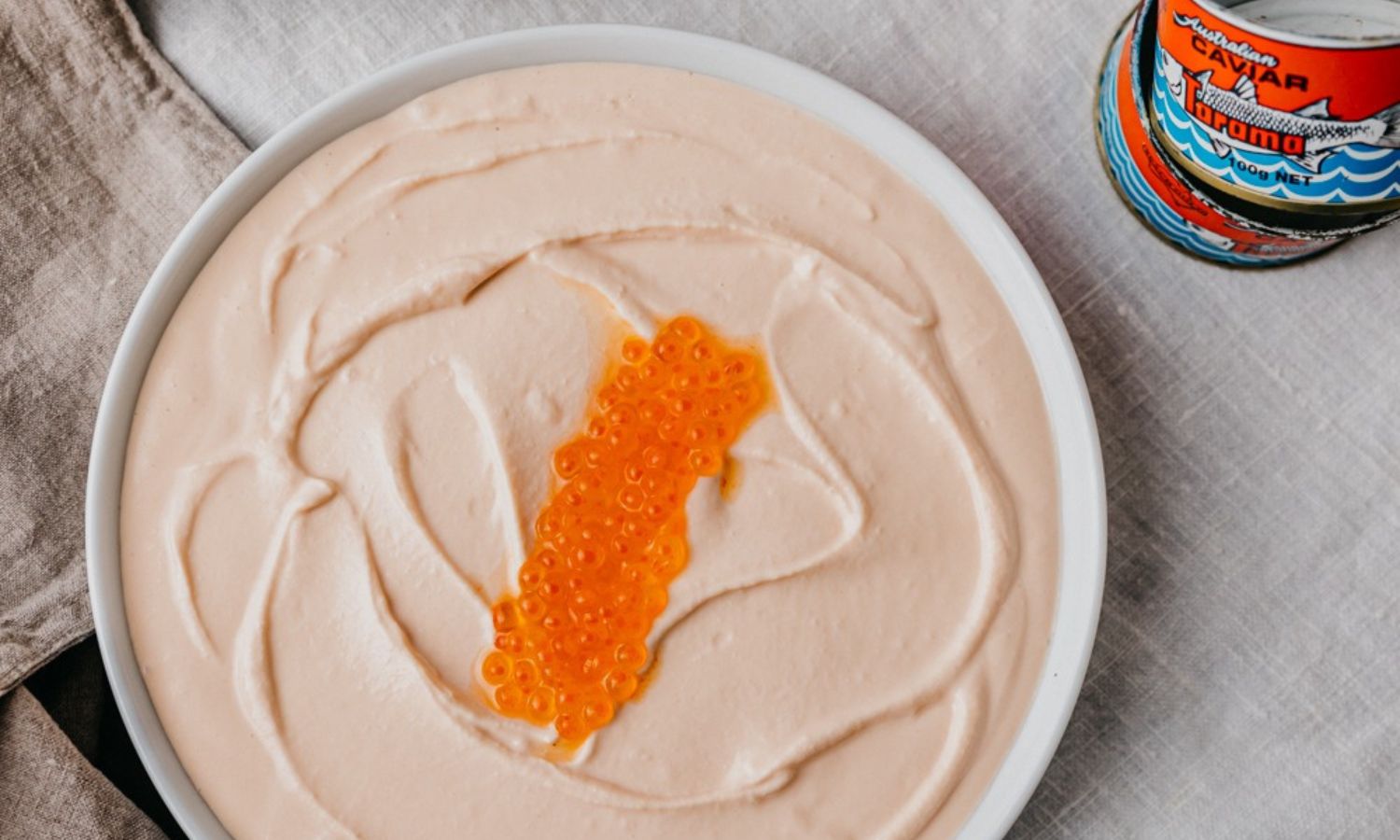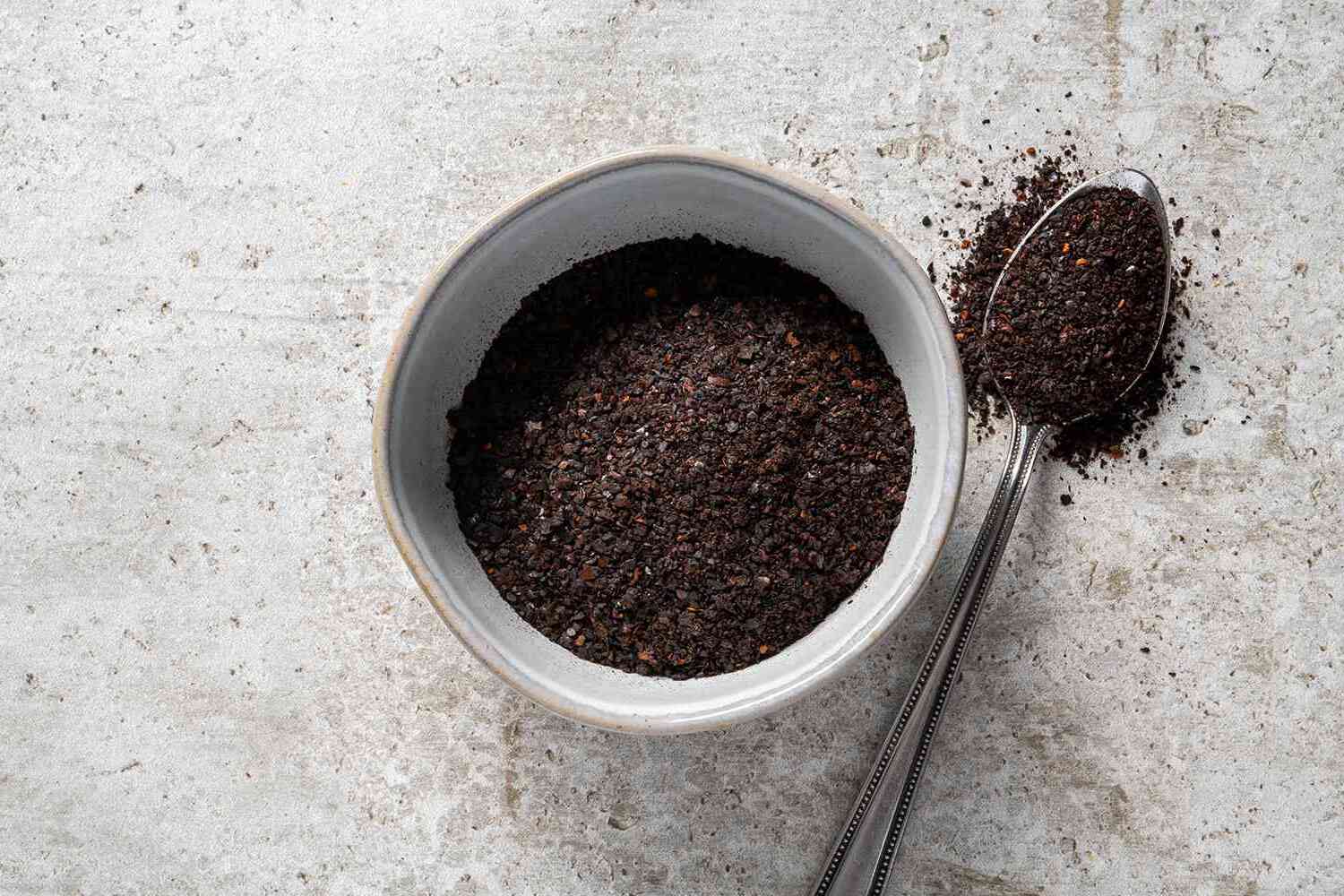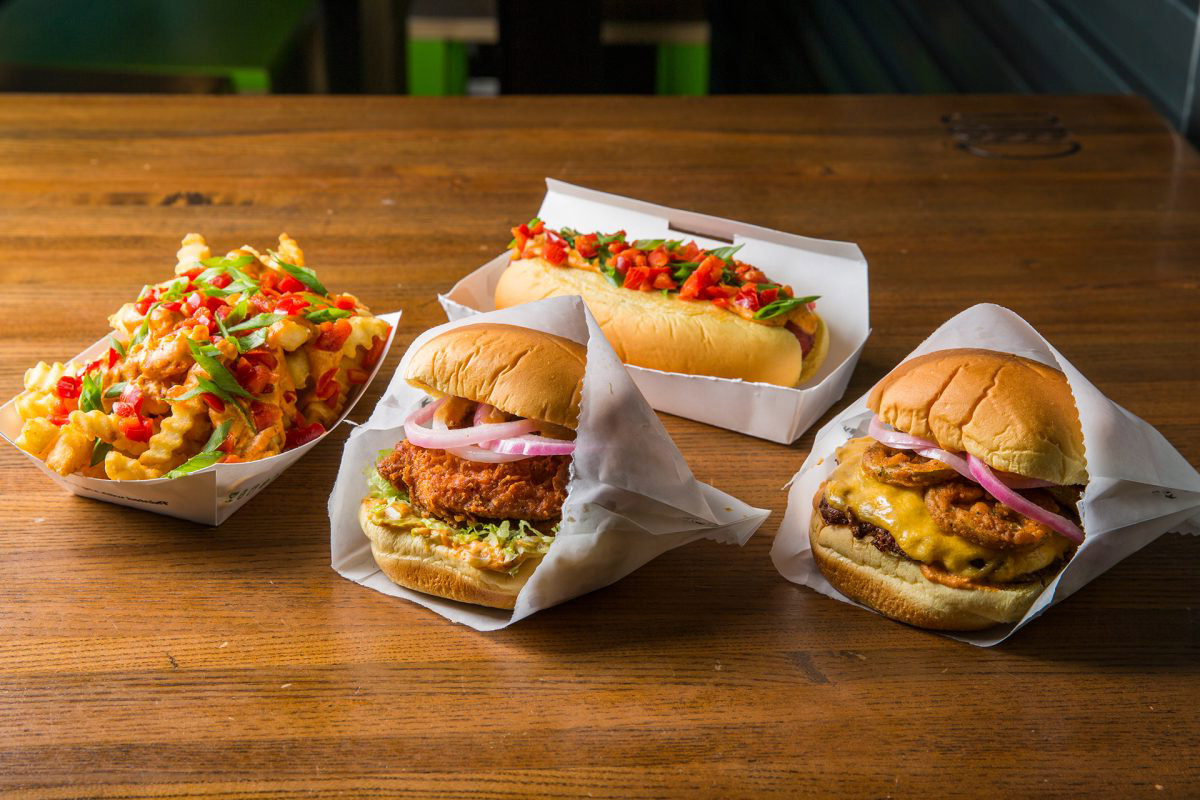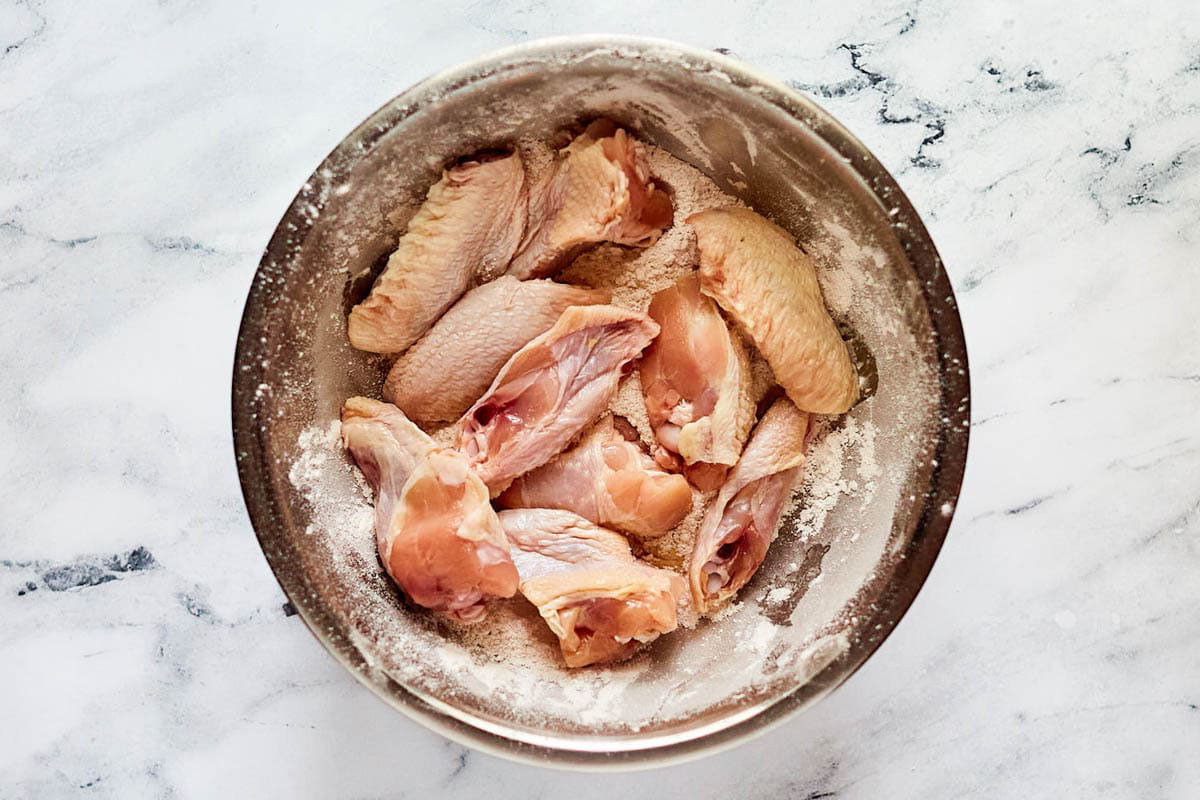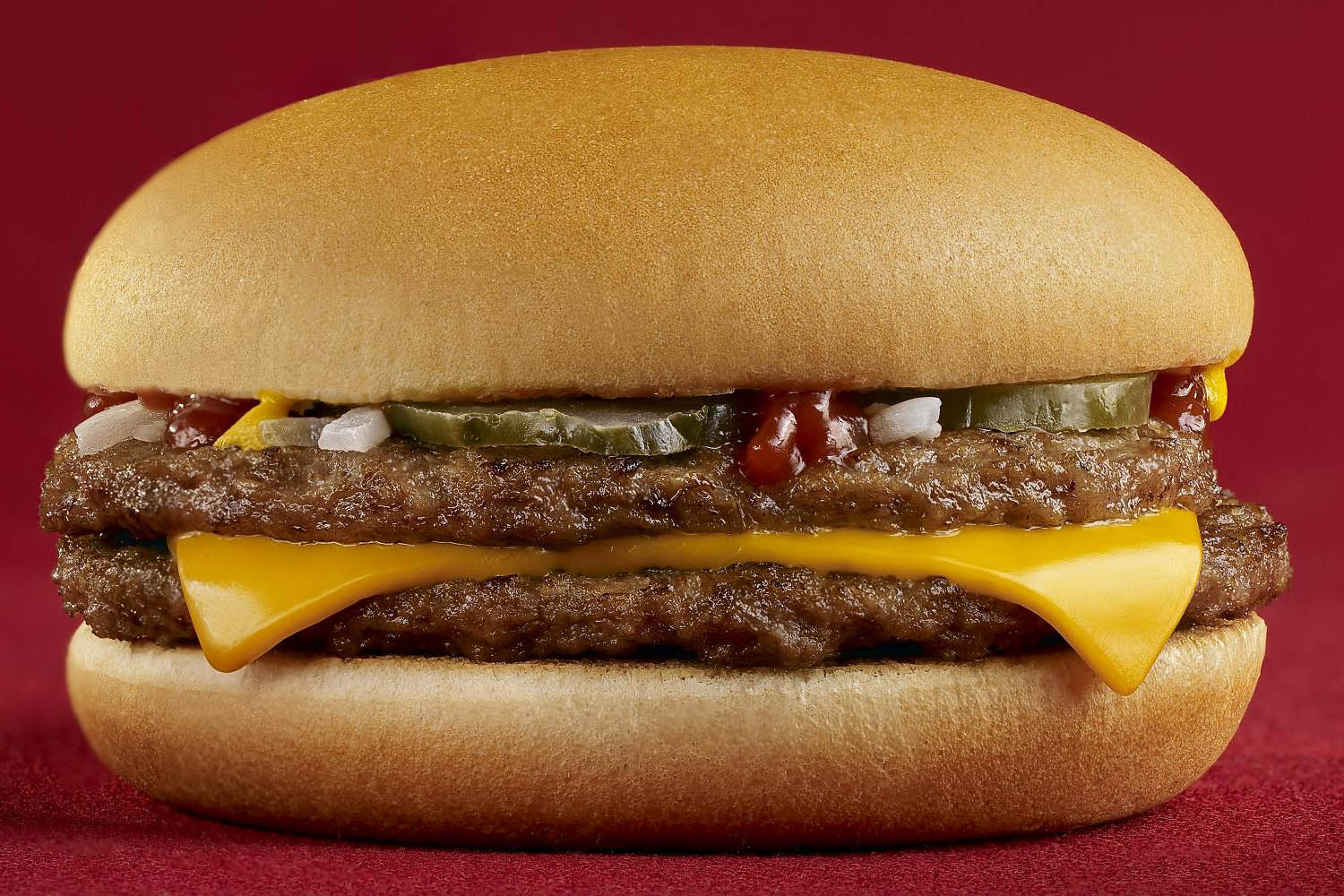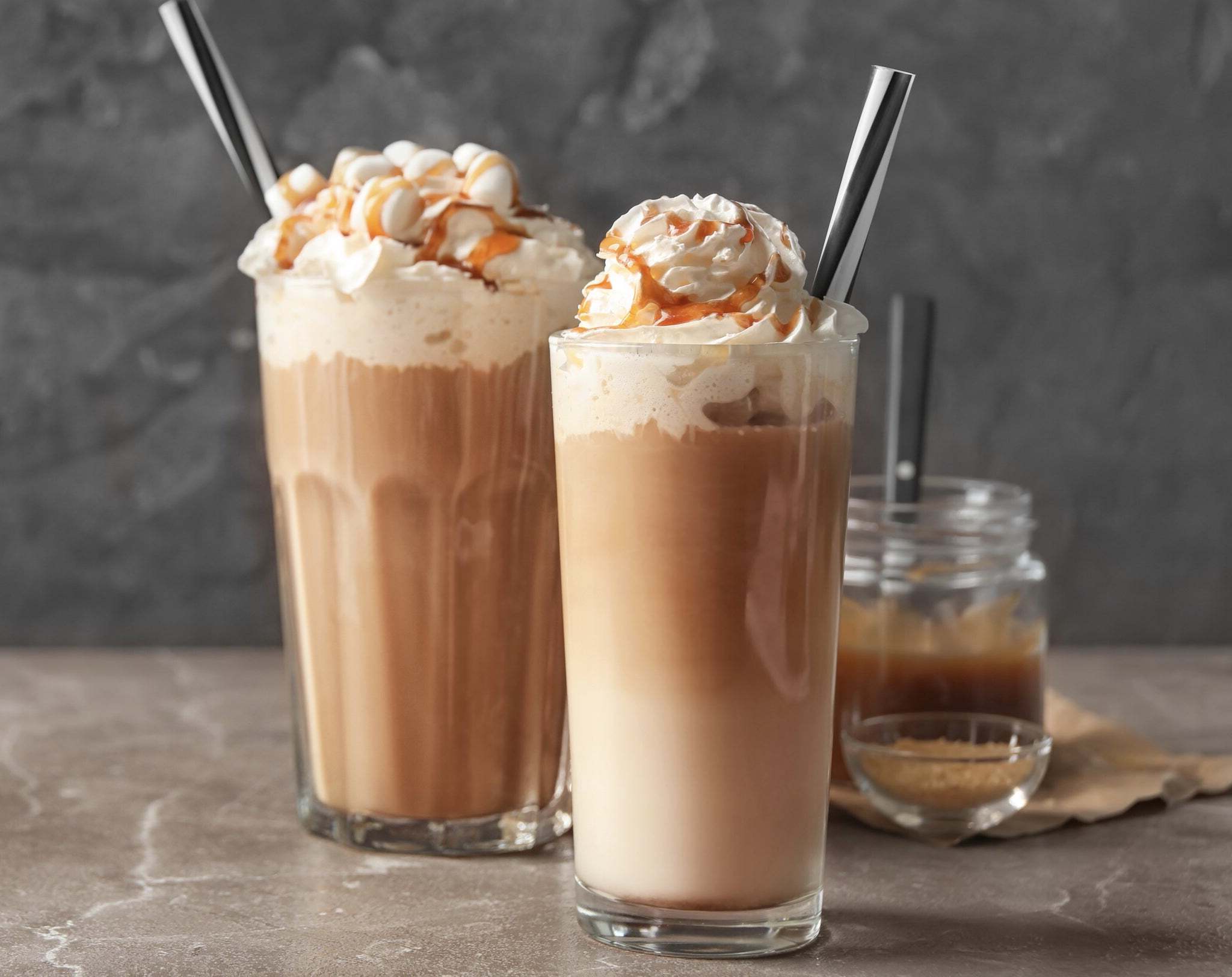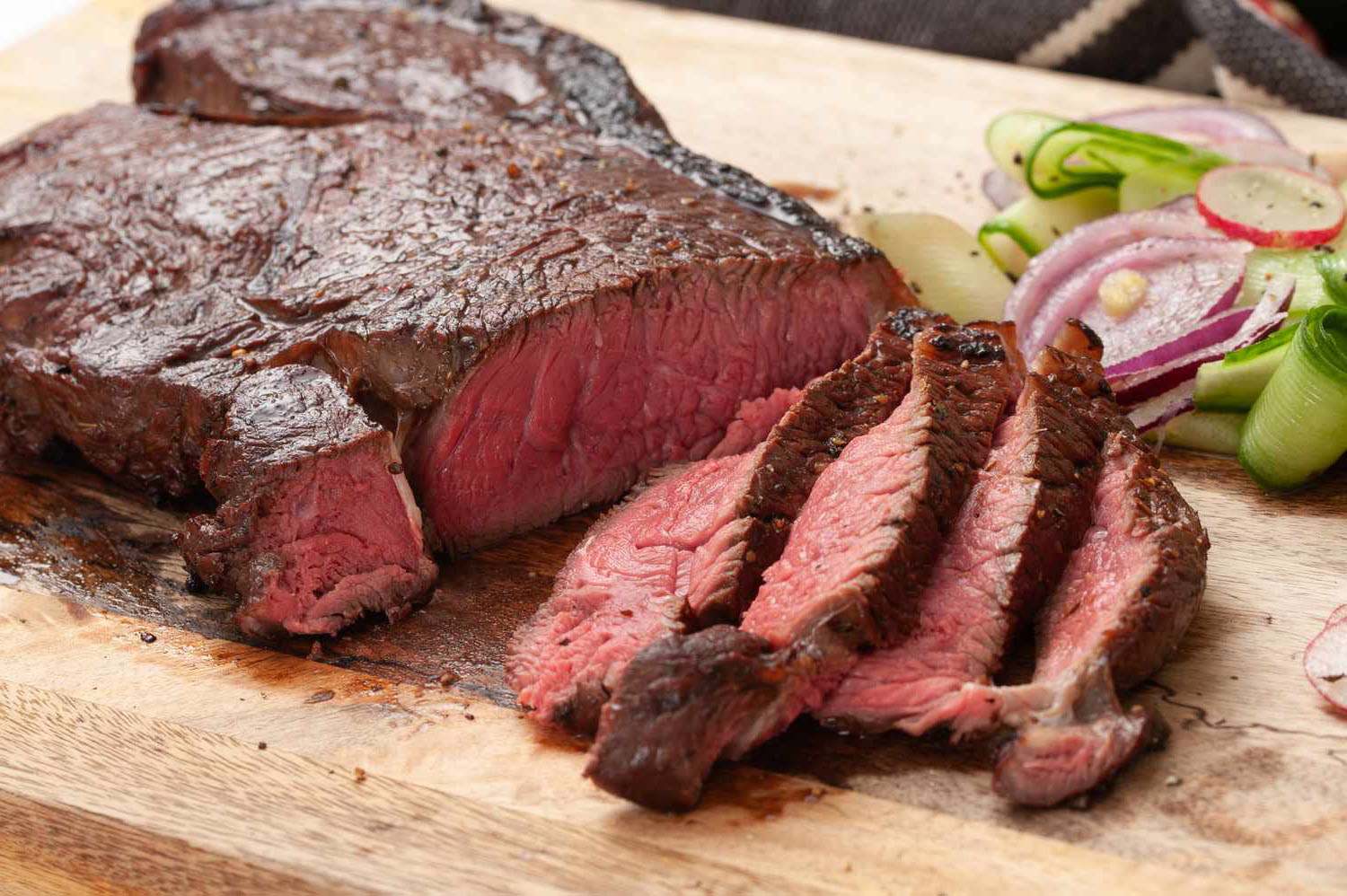Understanding Temperature Conversions: 60°C to Fahrenheit
Temperature is an essential aspect of cooking and baking. Whether you’re following a recipe or simply curious about the weather, understanding temperature conversions is a valuable skill. In this article, we’ll explore the conversion of 60°C to Fahrenheit and delve into the significance of this measurement in the culinary world.
What is 60°C in Fahrenheit?
When it comes to converting Celsius to Fahrenheit, the process involves a simple formula. To convert 60°C to Fahrenheit, you can use the following equation:
Fahrenheit = (Celsius x 9/5) + 32
Plugging in the value of 60°C into the equation, we get:
Fahrenheit = (60 x 9/5) + 32
After performing the calculation, we find that 60°C is equivalent to 140°F in Fahrenheit.
The Significance of 60°C in Cooking
In the culinary world, 60°C holds particular importance as it represents a critical temperature range for various cooking techniques, especially in the context of sous vide cooking and food safety.
Here are some key points to consider:
- Sous Vide Cooking: 60°C is within the ideal temperature range for cooking certain proteins, such as medium-rare beef and tender fish. This precise temperature control allows for consistent and perfectly cooked results.
- Food Safety: When it comes to food safety, 60°C is significant as it marks the minimum recommended internal temperature for cooking poultry, ground meats, and other potentially hazardous foods. At this temperature, harmful bacteria are effectively eliminated, ensuring that the food is safe to consume.
Practical Applications
Understanding the conversion of 60°C to Fahrenheit can be beneficial in various scenarios, including:
- Following international recipes that use Celsius measurements
- Adjusting oven or grill temperatures for specific cooking techniques
- Ensuring food safety by monitoring cooking temperatures
Conclusion
As we’ve explored, the conversion of 60°C to Fahrenheit is a valuable skill for anyone interested in cooking, baking, or simply understanding temperature measurements. Whether you’re experimenting with new recipes or striving to ensure food safety, having a grasp of temperature conversions can enhance your culinary endeavors. With 60°C equating to 140°F, you can confidently navigate between Celsius and Fahrenheit measurements, expanding your culinary repertoire and knowledge.
Next time you encounter a recipe calling for 60°C, you’ll know exactly what it means in Fahrenheit, empowering you to create delicious dishes with precision and confidence.
Was this page helpful?
Read Next: What Is Capicola?
